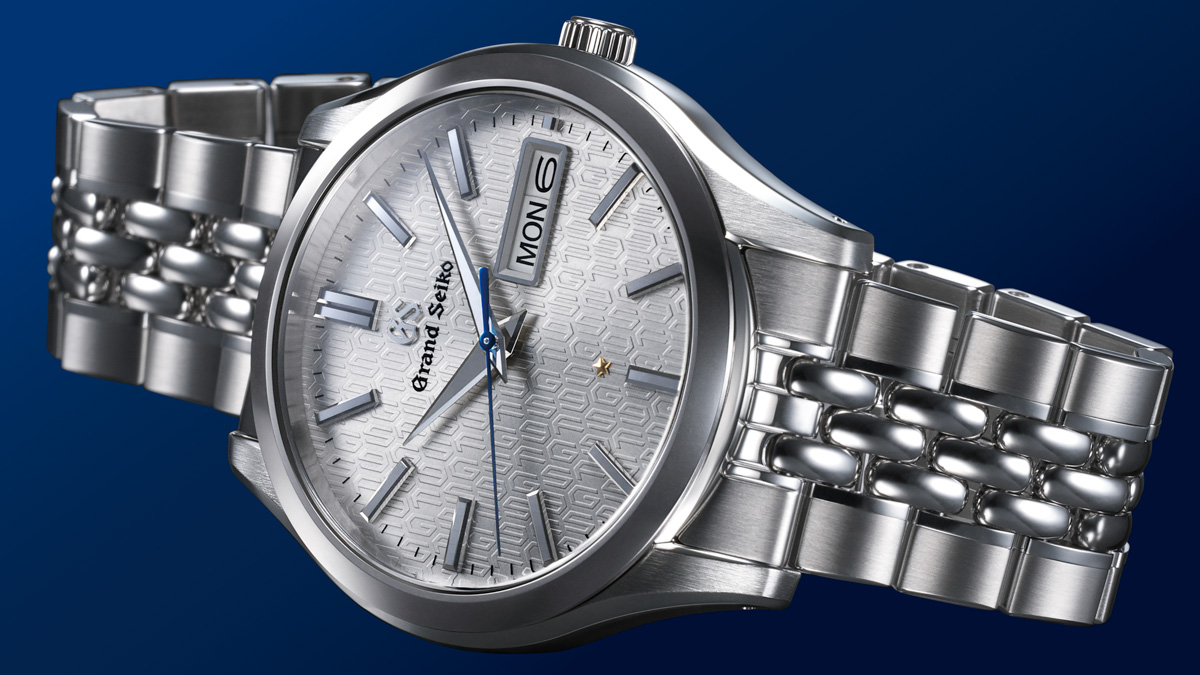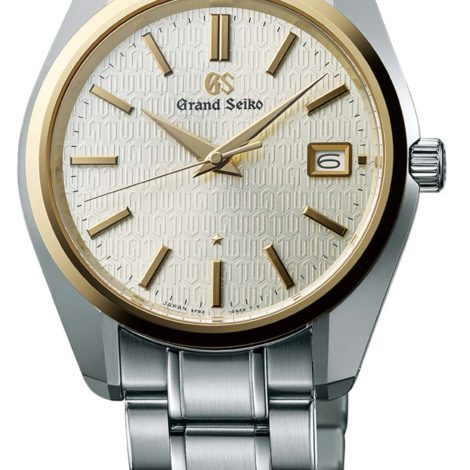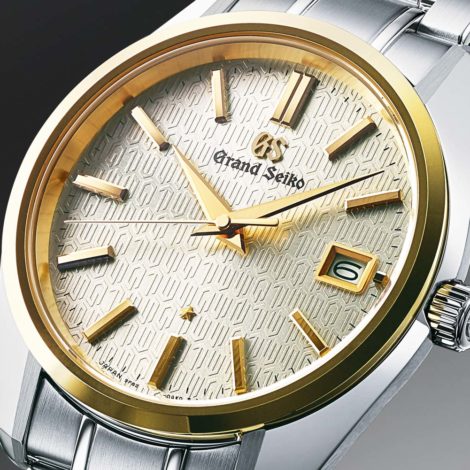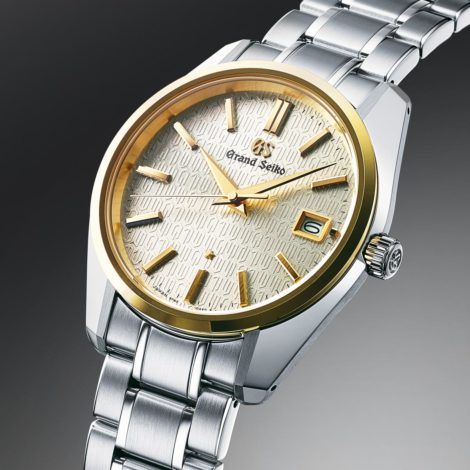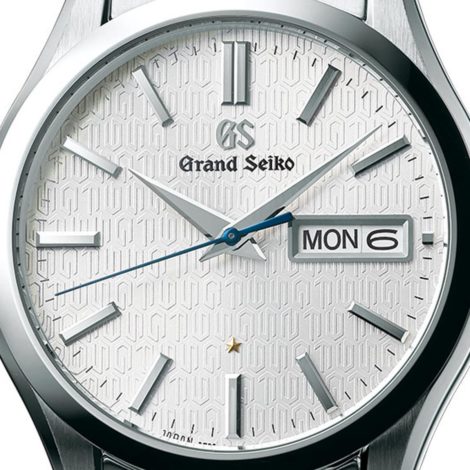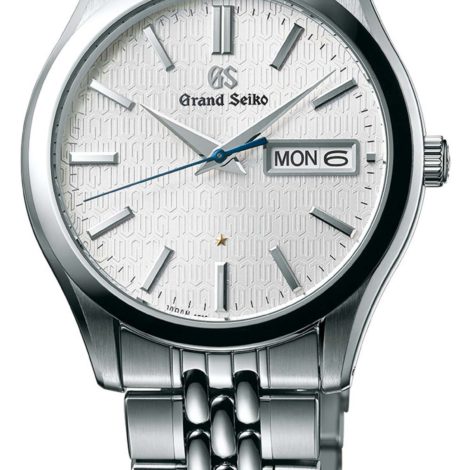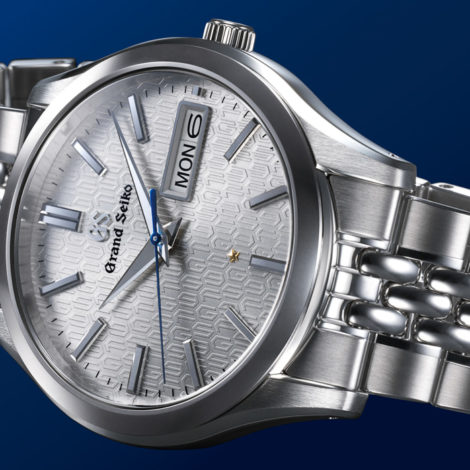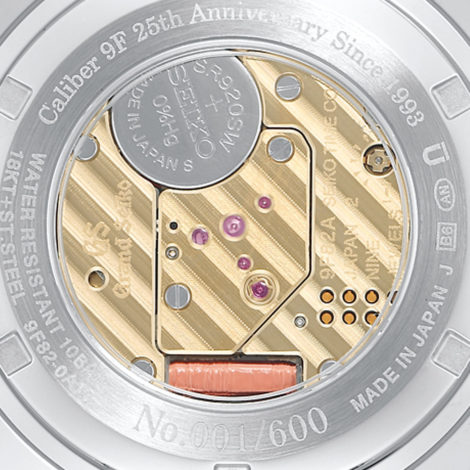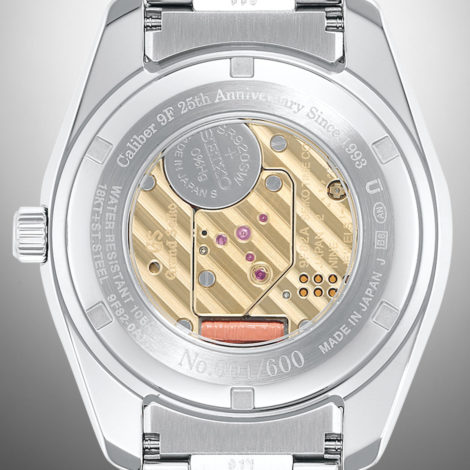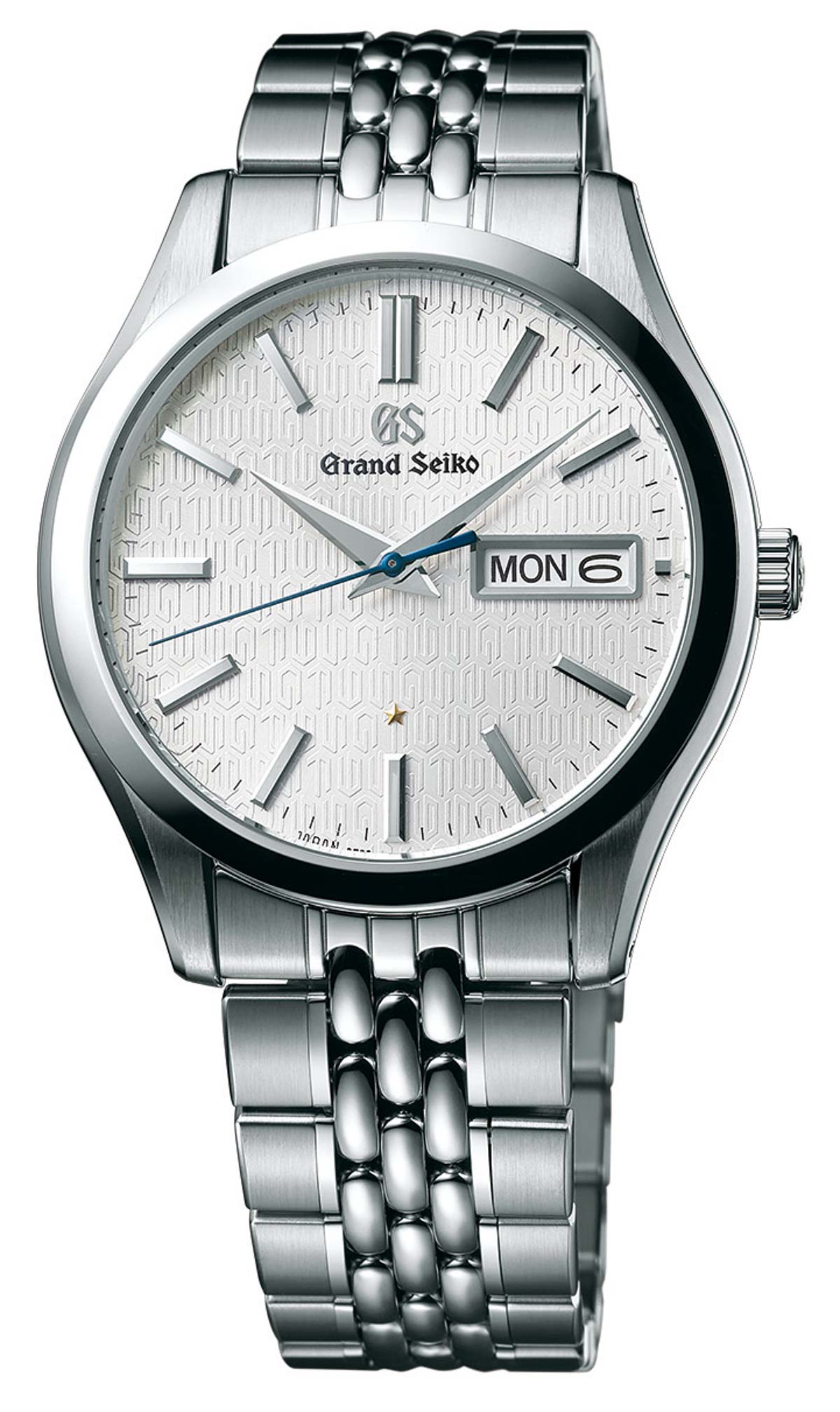
Two new limited edition watches known as the Grand Seiko SBGT241 (all steel) and the Grand Seiko SBGV238 (steel and 18ct gold) were just announced in honor of the 25th anniversary of the popular Seiko 9F movement family. Grand Seiko originally introduced the caliber 9F in 1993 after a reported five years of development – in order to be the finest “daily wear” quartz watch movement in the world. Seiko is no doubt proud of the fact that many people (including myself) still consider the 9F movement family to represent the best performing quartz movements in the world.
I just wish Grand Seiko stopped making so many of their new watches limited editions. Our friends in Japan need to receive the memo that not all new watches require some type of “anniversary justification,” or production as some type of finite set in order to get us excited. I for one would be more than happy if Grand Seiko just called such models “limited production,” and stopped emphasizing the arbitrary reason for which these watches are being made. While I’m complaining, can Grand Seiko look forward as well as in the past? I’m sure there are some truly excellent designers at the company who are really excited about doing more than revisiting yesterday’s designs (again). With that said, there are some fun design elements in here if you know what you are looking for. Oh, and if they must be limited editions… at least Seiko explained the reason why these models were made right on the watch itself!
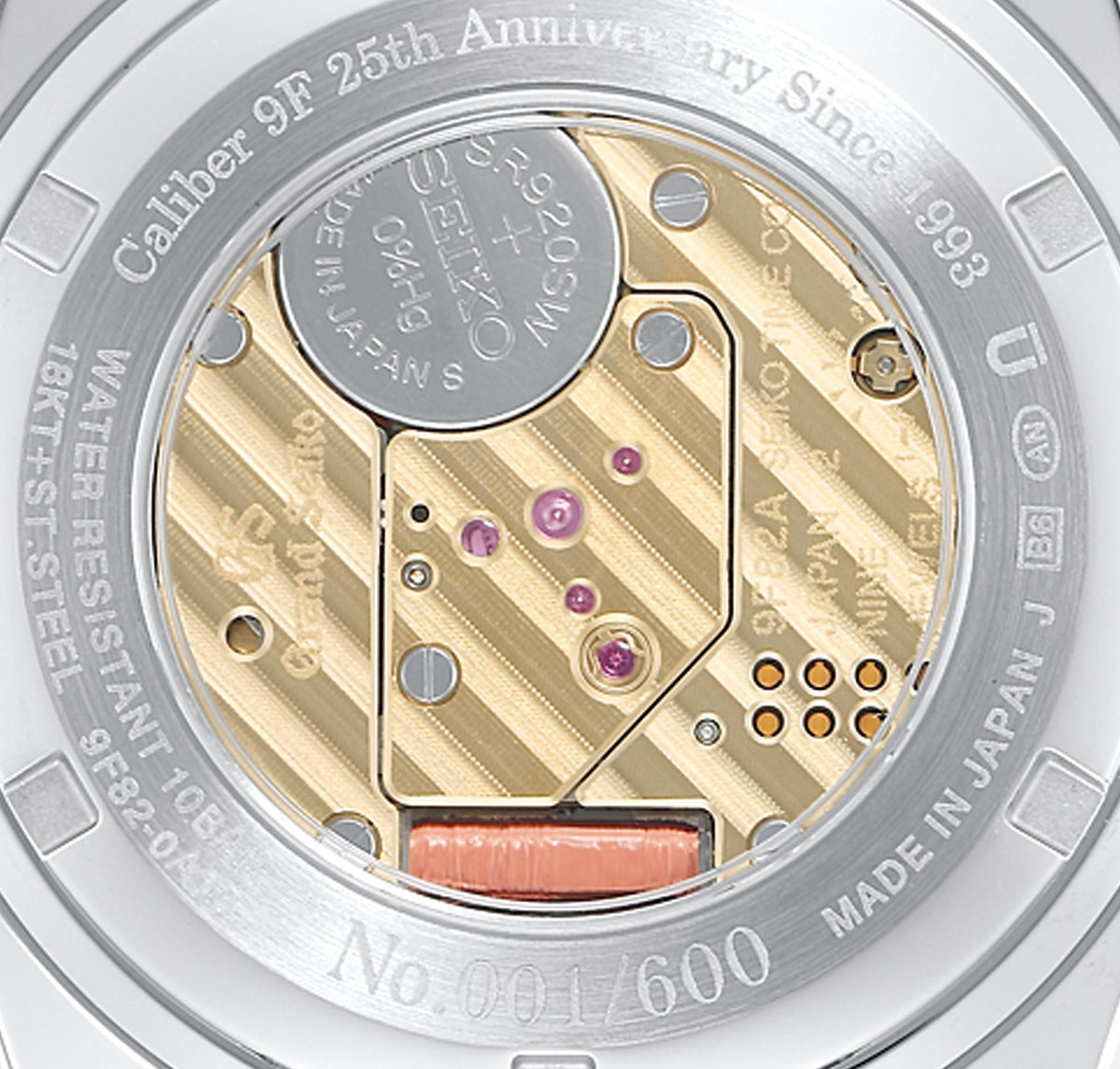
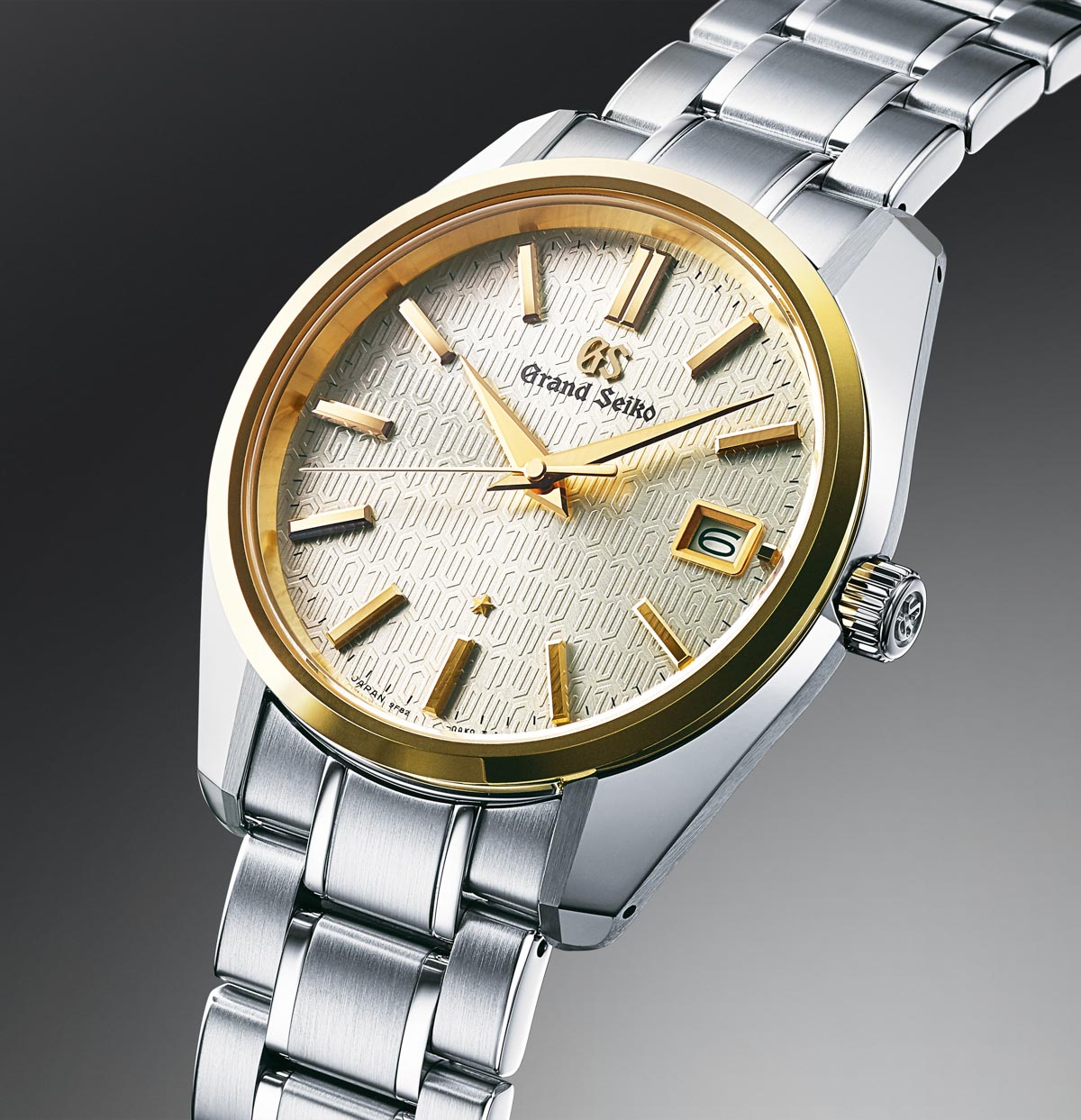
I’m back on Seiko’s side with the importance of the 9F movement family and high-end quartz movements in general. I for one anticipate a major return to interest in specific types of high-end quartz watches coming in the next few years. Grand Seiko is bucking the trend by offering a display caseback sharing a view of the 9F movements inside the SBGV238 model (solid caseback on the SBGT241). Look everyone, metal parts and real finishing! In these two watches the 9F is represented as the caliber 9F83 (time with day and date) as well as the 9F82 (time with date). What makes these quartz movements so good? I’ll offer the basic reasons. First is that they are incredibly accurate. Seiko claims accuracy of plus or minus 5 seconds per year. Let’s put that into perspective… Mechanical watches are considered decently accurate if they vary by under 5 seconds per day. A standard quartz watch is accurate to about 15 seconds per month. Most thermocompensated quartz watches (which are rare) are accurate to about 10 seconds per year. That means the Seiko 9F is the top performer, only practically beaten by connected watches. The beauty here is that all this accuracy is contained within one little mechanism.
Seiko’s 9F family isn’t just popular because it looks cool and is very accurate. One of my favorite things about the movement is how Seiko designed it to hold heavier hands than most quartz movements, and to make sure that the seconds hand ticks with extreme precision and stability (no shuddering) thanks to their “backlash auto-adjust mechanism.” The 9F movement was also designed to be as service free as possible, going very long periods of time without maintenance. Battery life is a few years just like any standard quartz movement-based watch. I wrote more about the Seiko 9F movement when reviewing the Grand Seiko SBGX093 watch on aBlogtoWatch here. These two Grand Seiko quartz watches are also rather uncommon because of the date or day/date complication in them. Most Grand Seiko quartz movement-based watches are time only.
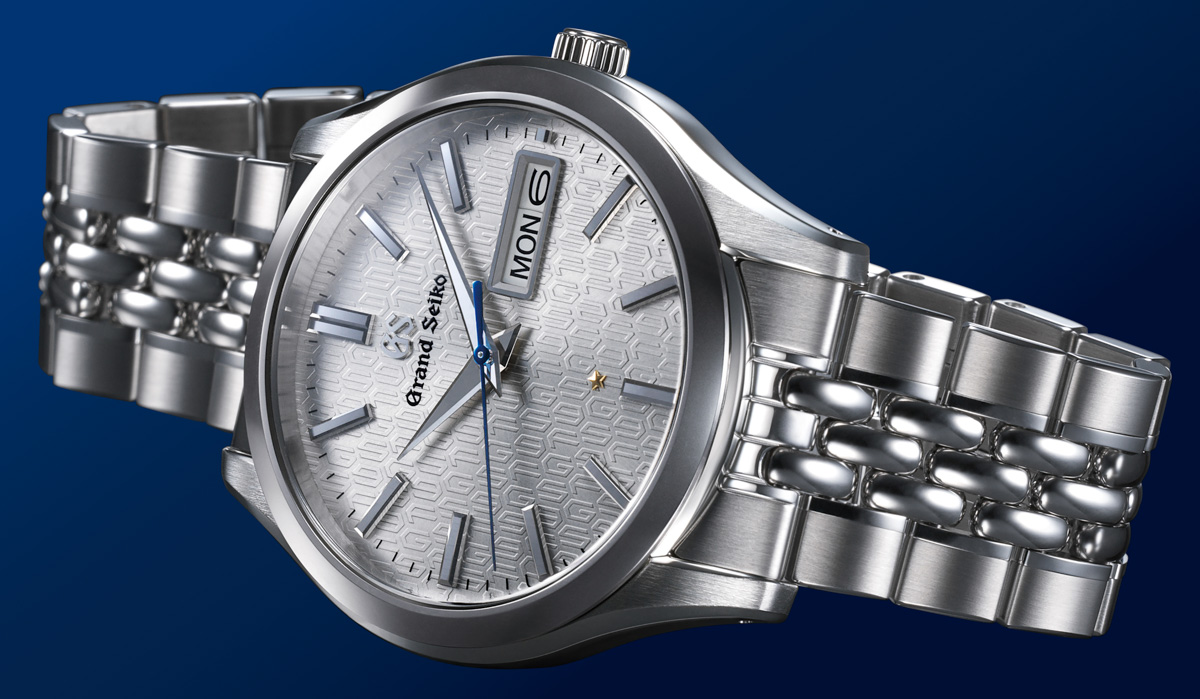
Grand Seiko developed a new dial (as far as I know) for this set of 25th anniversary 9F watches. With an aesthetic borrowed from how Seiko once represented a quartz oscillator crystal for product marketing purposes, the dials have a repeating pattern that says “GS” (for Grand Seiko) and “9F.” One small set of letters near the 25 minute marker (4 o’clock) replaces these letters with “25” in honor of the 25th anniversary purpose of the watch. There is also placement of an 18ct gold five-pointed star on the dials of both the watches. Seiko says that these stars represent the watch’s 5 second per year accuracy. I just think they wanted a reason to put a gold star on the dial.
The first of the two caliber 9F 25th anniversary limited edition watches is the Grand Seiko SBGT241 (limited to 1,500 pieces). It is a relatively straightforward recreation of the original 1993 Grand Seiko watch that housed the first 9F movement. Seiko changed the dial a bit and of course made the watch a bit larger. In steel, the Grand Seiko SBGT241 is 39.1mm wide and 10.9mm thick (water-resistant to 100m). What’s neat about the SBGT241 is the bracelet, which is a design that to my understanding Seiko doesn’t produce in other watches today. It has central “rice grain” style links between thicker steel links. I am rather curious to know what this will feel like on the wrist.
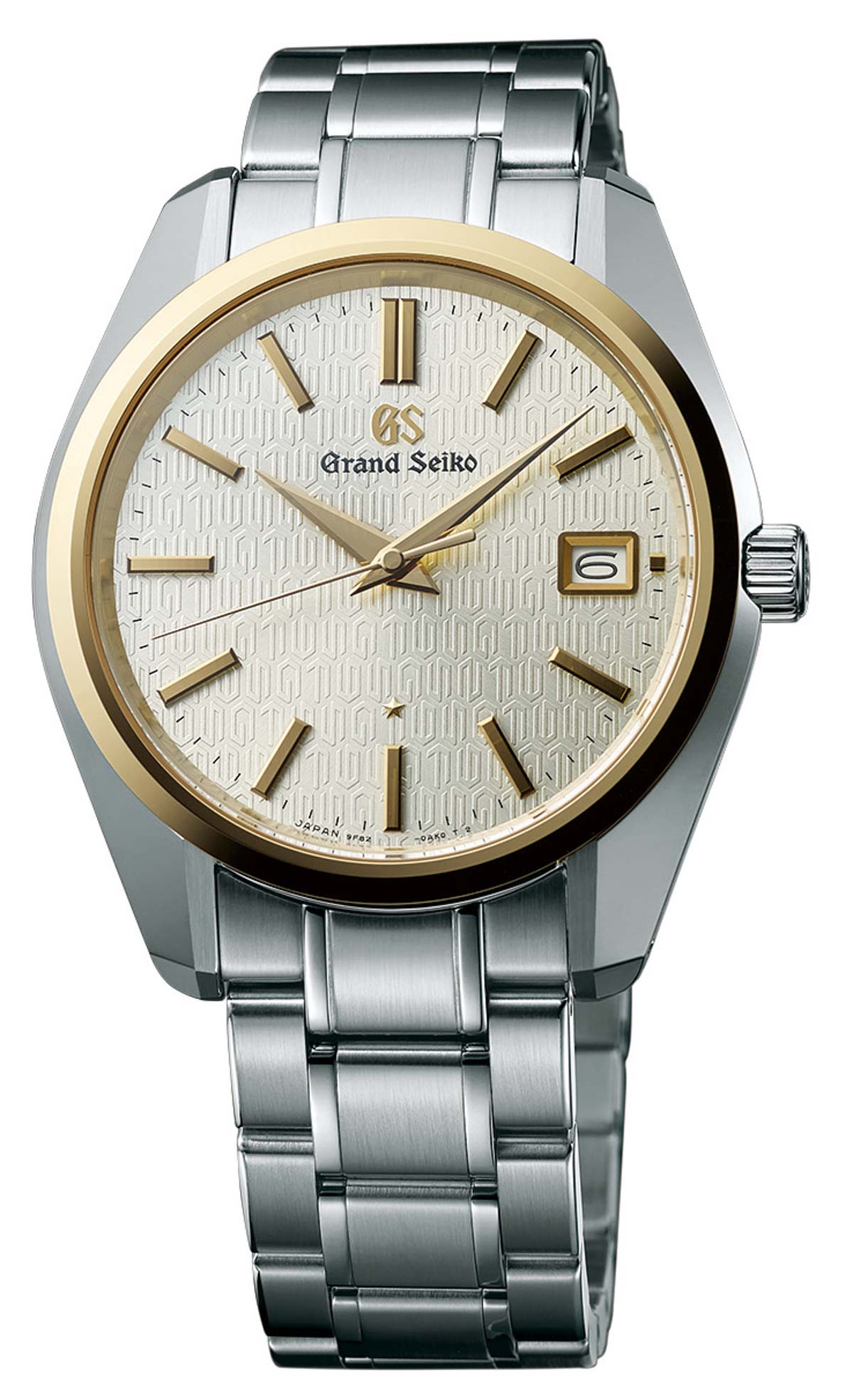
The second of the two limited edition 9F 25th anniversary watches is the Grand Seiko SBGV238. More limited (limited edition of 600 pieces), this watch is visually different than the SBGT241, which is a bit odd since they are being debuted in the same move. The SBGV238 has a steel and 18ct yellow gold case which is 40mm wide and 10mm thick (water-resistant to 100m). While most of the case and bracelet are in steel, this model has a gold bezel with matching gold hands and hour markers. Also, unlike the other model, this dial has just the date – but the same cool 25th anniversary dial. Over the dial of both of the watches is an AR-coated sapphire crystal. According to Seiko, the case of the SBGV238 watch is inspired by the 1967 Grand Seiko 44GS (and other watches in the Grand Seiko collection have this case design as well).
Price-wise, quartz has certainly seemed more affordable in other instances (even at Grand Seiko), and each watch is said to be available in May of 2018. The limited edition of 1,500 pieces Grand Seiko SBGT241 has a retail price of $3,400 USD, and the limited edition of 600 pieces Grand Seiko SBGV238 has a retail price of $4,800 USD. grand-seiko.com

